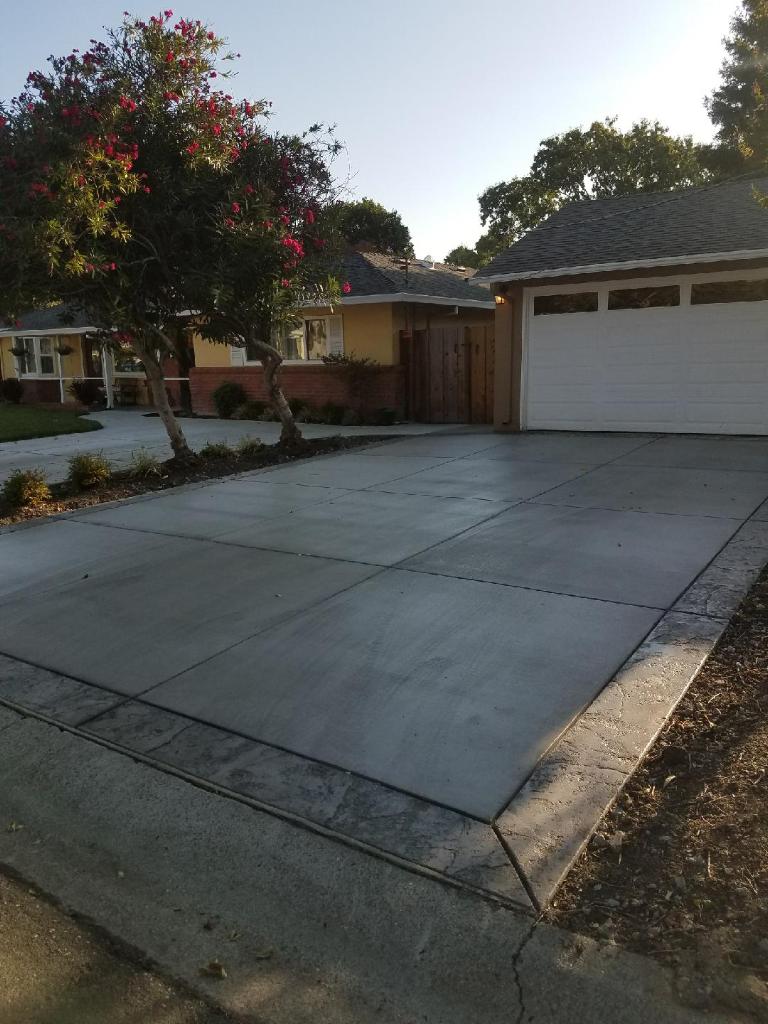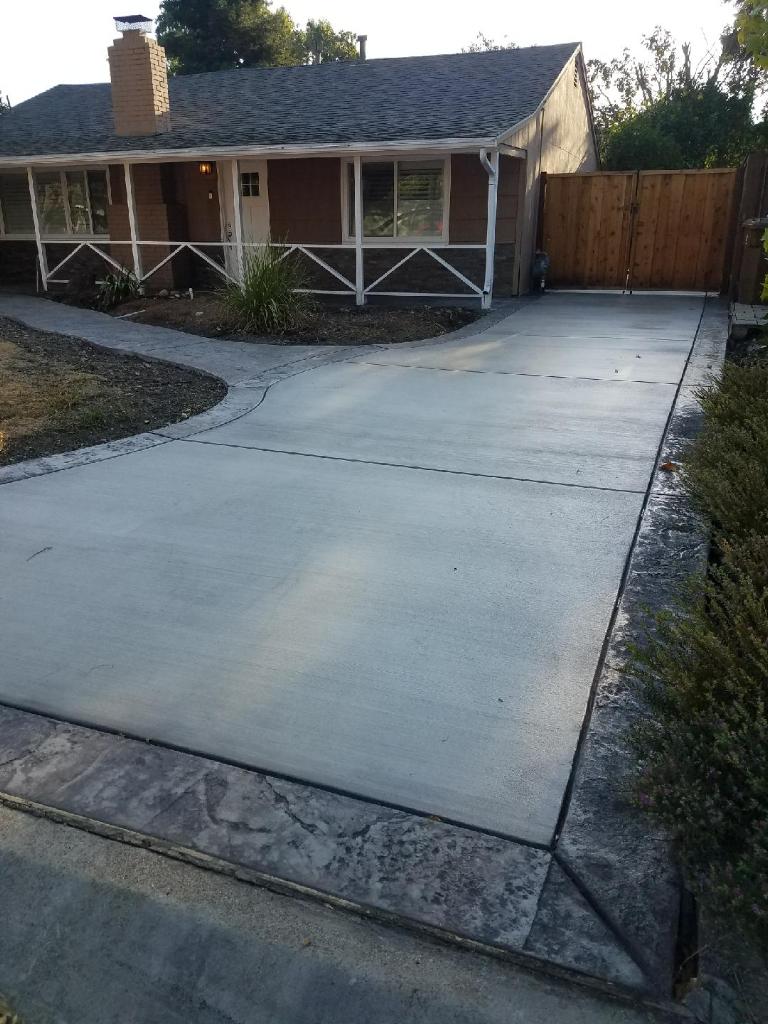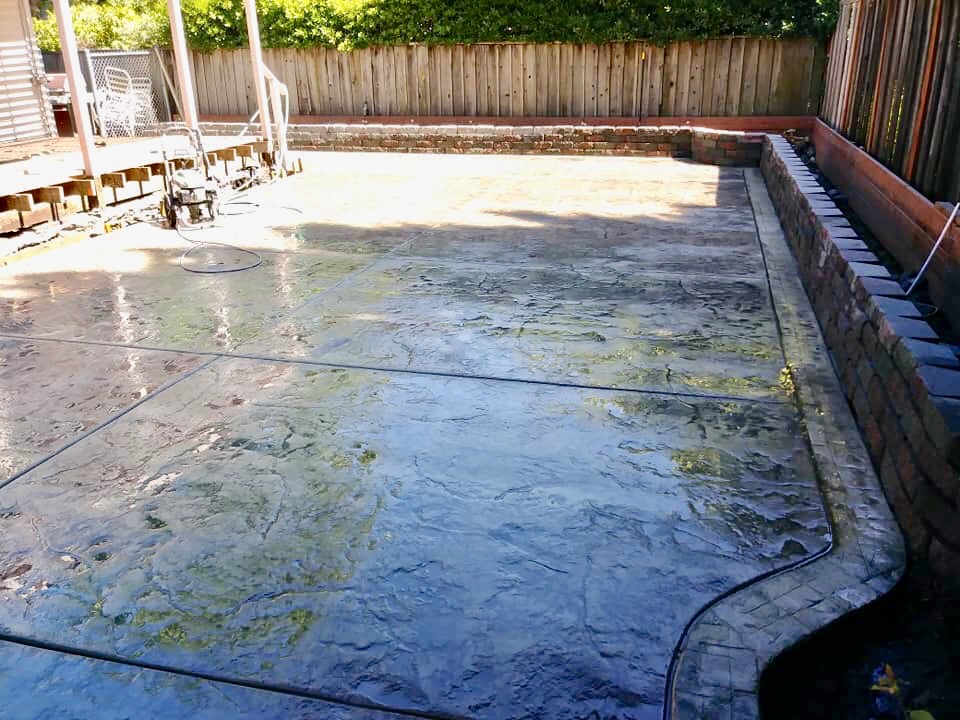What Is Reinforcement In Construction?
Reinforced concrete is one of the most commonly used conventional materials for the building. Concrete is a “artificial stone” formed by combining water with cement, sand, and aggregates. You can mold fresh concrete into almost any form, giving it an intrinsic advantage over other materials.
In the form of plain steel bars, deformed steel bars, cold drawn wire, welded wire fabric and deformed welded wire fabric, steel reinforcement is available. Reinforcing steel in Sri Lanka must comply with relevant British / European requirements.
The concrete reinforcement may be simple bars or series of bars, bending to a specified schedule which is known as bar schedule and tied with stirrups according to the reinforcement drawings.
History of Reinforced Concrete
Since prehistoric times, fibers have been used for concrete reinforcement while technology has greatly improved, as is true in other fields. Straw and mortar were used in an early age to make mud bricks, and horsehair was used for reinforcing them. When the fiber technology grew, in the early twentieth century, cement was reinforced by asbestos fibers.
Extensive work was underway during the mid-twentieth century for the use of composite materials for concrete reinforcement. Later, the use of asbestos for concrete construction was discouraged after health hazards were found. For reinforcement asbestos was replaced by new materials such as steel, glass, and synthetic fibers. Effective work on this critical technology is still underway. Fiber Reinforced Concrete during the twentieth century is considered one of the greatest achievements in the construction engineering field.
Glass Fiber Reinforced Concrete (GFRC)
In addition to steel, glass fiber-reinforced concrete has been used widely for concrete reinforcement for the last 25 years. By using different techniques GFRC is manufactured into large panels with a basic design or intricate shapes. Originally, the use of metal studs anchored the GFRC components directly with the buildings. It has been announced that GFRC changes dramatically because the clear anchors are being replaced by slip anchors. Many buildings, including ceramic tiles, bricks, and architectural uses, use GFRC for dissimilar facings.
Steel Fiber Reinforced Concrete (SFRC)
Reinforced concrete constructed from steel fiber is a construction material that can be sprayed. It consists of hydraulic cements with uniformly scattered steel fibers and possesses a rectangular cross-section. The steel fibers reinforce concrete by standing up to tensile cracking. The fiber-reinforced concrete’s flexural strength is greater than unreinforced concrete. Steel fiber-reinforcing concrete is isotropic in nature which improves resistance to fracture, disintegration, and fatigue. Steel fiber reinforced concrete is able to withstand light and heavy loads.
Natural fiber reinforced concrete (NFRC) consists of processed cellulose fibers from pine trees. That category also yields good results. The recycled carpet waste was efficiently used by using the waste carpet fibers for concrete reinforcement.
Reinforced Polypropylene Fiber (PFR) concrete: Polypropylene is a cheap and plentiful polymer commonly used because of its resistance to chemical reactions.
Asbestos Fibers: These fibers are cheap and offer mechanical, chemical, and thermal resistance to the cement, whereas reinforced concrete with asbestos fiber tends to have low impact strength.
Carbon fibers: Due to their very high elasticity modulus and flexural strength, these fibers have been used recently. Features such as strength and rigidity are better than steel fibers, although they are more prone to injury.



Need Reinforced Concrete Repairs?
The more difficult a project is, the harder we work to provide real solutions and state-of-the-art solutions. We partner with each client from concept to completion, which enables us to design and implement plans that meet or exceed our client’s goals.Our concrete design team is made up of highly skilled, experienced estimators and craftsmen who work diligently to minimize problems and ensure that we remain on schedule. With all the resources available to complete your project through strong connections with leading suppliers, we are a single source for any type of concrete formwork. For all our products and services, we use the latest industry technologies so you can insure your project will be completed on-time and under code. When it’s time to finish and place, you can count on our highly experienced crews who are skilled in all facets of the industry. Spaulding Concrete will deliver if you need experience with any type of structural concrete. To schedule your free quote, call or contact us today! We are proud to serve Orinda, Lafayette, Moraga, Pleasant Hill, Concord, Martinez, Pittsburg, Antioch, Brentwood and the surrounding areas.
